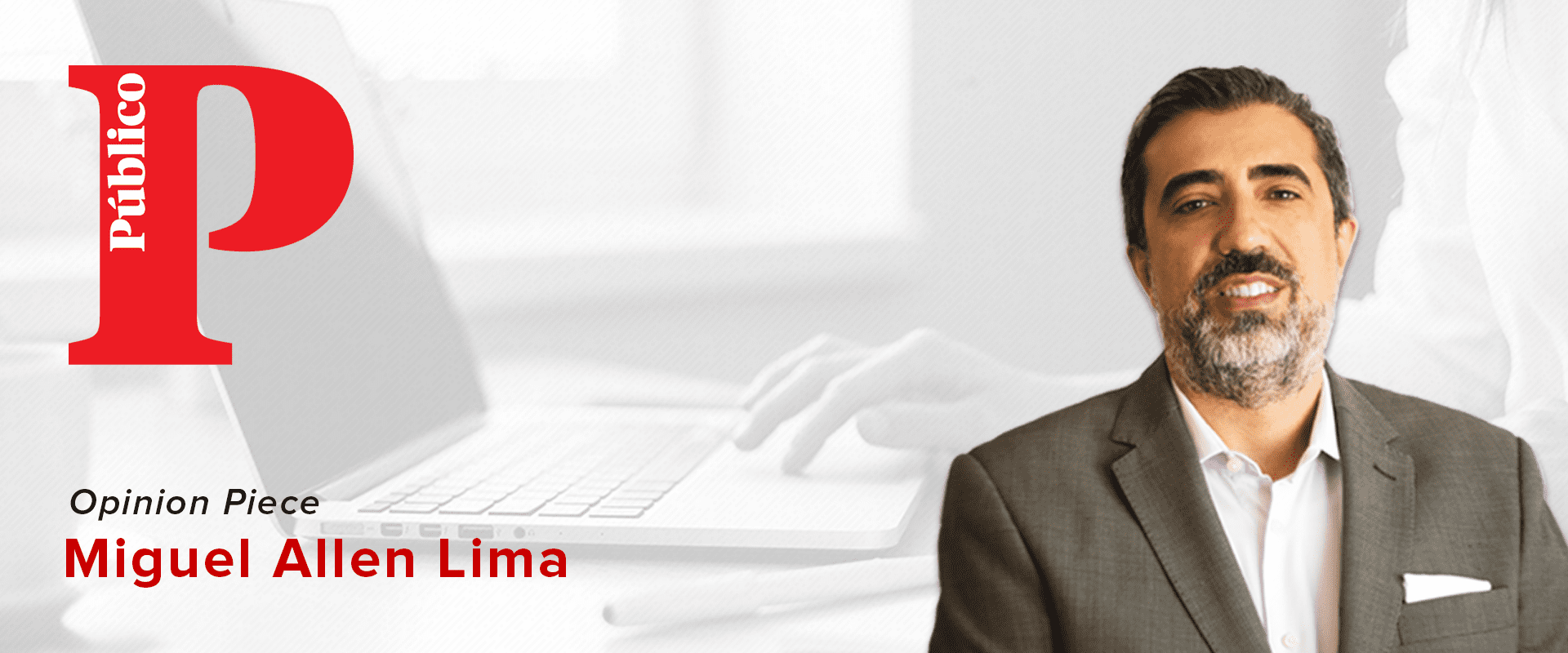
The new way of working… in the future
"I believe that we will move towards a hybrid work model combining some face-to-face work with a more comprehensive remote work panorama. A lesson to remember: never neglect the human and social component."
In the first decade of 2000, I was working for a national telecommunications operator and was responsable for technological areas, namely information technology, when the threat of a potential flu pandemic, H1N1 or bird flu, emerged. The company, which was quite modern and was using some advanced work tools for that time, had to adapt to the situation and prepare the working stations to operate remotely. Fortunately, it was just a threat!
This experience was the base for what we implemented at ARQUILED, a philosophy of mobile work, based on a laptop and mobile phone, that replaced all desktops and landlines. The second step was the move to the cloud, turning all information and applications accessible from anywhere through a secure connection. Last but not the least, the collaborative tools. Whether for chat, video conferencing or voice calls. The company became able to operate virtually, from anywhere in the world.
Despite being a medium-sized Portuguese company, our team spreads over several locations – Lisbon, Porto and Mora (where the factory is located) in Portugal, for example, and Colombia and Brazil overseas. Our approach narrowed geographic distances and enabled a better, faster and more intuitive collaborative work. At the same time, we turned the remote work a viable option, either because the employee needs to provide family assistance or because it is necessary to be more focused.
COVID-19: The future of work is now
So, when the coronavirus pandemic arrived, the process was already in place. Before the state of emergency declaration we had already implemented a voluntary quarantine by adopting remote work in all functions that allowed it, factory included. The decision was communicated in one day and in the next everyone was working remotely.
From a technological point of view, everything went well. Each one works at their own pace and there’s scheduled meetings to synchronize the teams. However, something was missing. That invisible link that unites us all, that make us socialize and talk about everything and nothing. Clearly, what was missing is the social component.
Fortunately, we have a fantastic team that soon found a solution. We started using Yammer, an internal social media platform where we have only one rule: no talking about work! It worked like charm replacing the coffee breaks at the office and allowing us to chat about everyday things, exchange recipes or participate in a quiz.
And we also started to do proximity monitoring. Managers reserve some time to call employees and talk. All these aspects had (and have) a strong impact on the team’s morale and spirit. And, despite all the technology, we are social beings, and this steps have proven essential to guarantee cohesion and productivity.
We do not use attendance control tools and do not require a rigid schedule, but we insist that employees understand there’s a separation line between worktime and leisure time. That is easier to do when we must go to the office – the commuting time activates it naturally. But when working from home it entails discipline.
And despite the changes, the company’s productivity has been working normally, with very good results. The work continues to be done as if we are all in the office. The international business has even accelerated because, in some way, we are all in the same circumstances, and videoconferences have no borders. It is curious to notice that by isolating ourselves we became closer.
I believe that we will move towards a hybrid work model combining some face-to-face work with a more comprehensive remote work panorama.
A lesson to remember: never neglect the human and social component.
Miguel Allen Lima
ARQUILED CEO
Master of Science em Engenharia Eletrotécnica e de Computadores pelo IST
Master’s in business administration pelo IESE/AESE
Nota: This article was first published in the portuguese newspaper Público, here. (PT)





